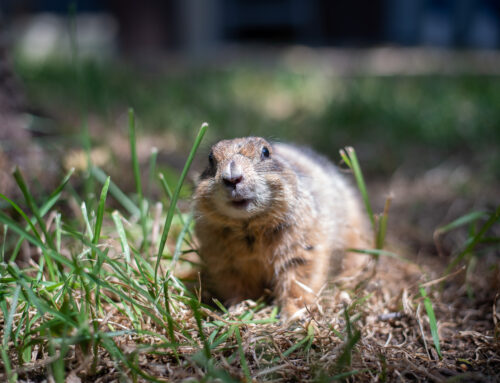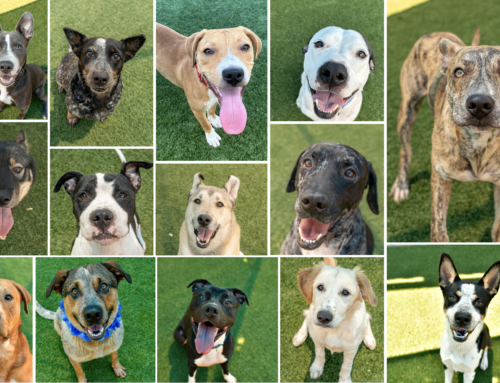Spring is a wonderful time of the year. In fact, it’s my favorite season. Most of us have already been taking advantage of this glorious, warmer weather by riding bikes, picnicking, kite flying and so forth.
Unfortunately, I’ve also seen a lot of folks out in the middle of a warm day, jogging around the lake with their canine in tow. Just last month already, after a long walk on an 85-degree Sunday afternoon, a friend’s dog died from heat exhaustion.
Many of us fail to remember that our pets have a harder time handling heat than we do. Extreme situations aren’t necessary to precipitate a disaster. I know this information is a repeat for many of you, but I thought it would be a good idea to review some tips I gave you last summer about “helping your pet beat the heat.”
Dogs and cats can only pant to expel body heat; they don’t perspire as humans do. With a normal body temperature that is already three to four degrees higher than ours, and a comparably inefficient method of cooling off, our pets tolerate warm weather much less ably than we can.
Particularly susceptible animals include the very young and older animals. Also, short-nosed breeds such as the Pug and Boxer do not take heat well. Hot weather seriously challenges overweight dogs and cats and those with cardiovascular or respiratory disorders. Dogs like the St. Bernard; Husky or Chow Chow, which originated in colder climates, really suffer in Texas with their thick, fur coats. For fleshy dogs like the Shar Pei or the English Bull Dog, breathing can become very difficult in hot temperatures.
Profuse panting and drooling can signal heat stress. When an animal is suffering from heat stress, you may see abnormal behavior – a strange facial expression or a refusal to respond to commands.
Warm dry skin, fever, rapid heart rate, fatigue, weakness, and even collapse are all symptoms of over-heating and must be addressed immediately.
Place a phone call to your veterinarian right away – she or he will determine if you can do something at home or, more likely, advise you to bring your pet to the hospital for immediate medical treatment.
If your veterinarian is unavailable, Dallas has several emergency animal hospitals open during off-hours. Heat stress is considered an emergency.
Heat stress can be avoided by practicing a few simple, common-sense measures.
Get those long-haired dogs a haircut. Outdoor dogs especially benefit from having a heavy fur coat sheared. Have the cut professionally done so that it is even, not too short, and so that most of the undercoat is groomed away.
Cats also seem to appreciate a shorter “do”. The cut can also help control fleas.
Avoid walking or exercising pets during the heat of the day. In Texas summers, that can mean anytime after 9 a.m. The best time to walk or run your dog is very early in the morning. The pavement still radiates a lot of heat during the evening from having baked in the sun all day and can hurt the feet of your pet.
Animals should always have access to plenty of fresh, cool water, both indoors and outdoors. Place outside water containers in the shade.
Accessible shade such as a tree or a porch cover must be available at all times during the day. A dog house that isn’t shaded can get as hot as an oven. Outdoor animals must be able to find refuge in a ventilated, shaded area to avoid heat stroke.
By the same token, never leave an animal in a parked vehicle. Never.
With a little thought and planning, all of us can enjoy this wonderful weather.





